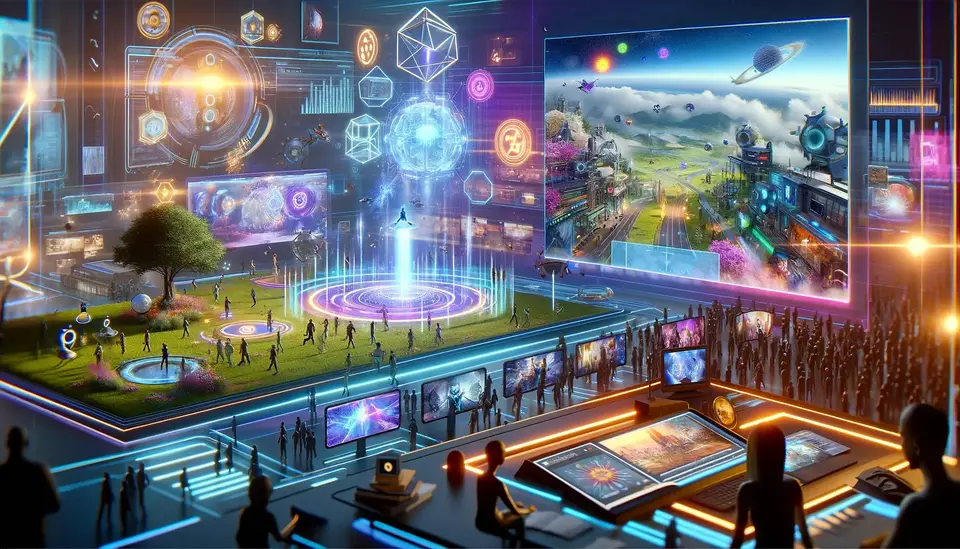The Pros and Cons of Music NFTs in the Metaverse
Posted on April 27, 2023 3 minutes 564 words
Table of contents
The music industry has always been at the forefront of technological innovation, and the recent advent of non-fungible tokens (NFTs) and the Metaverse has been no exception. As a revolutionary digital space, the Metaverse has opened up new possibilities for creators and consumers alike. In this blog post, we will explore the pros and cons of music NFTs in the Metaverse and how they are shaping the future of the industry.
The Pros of Music NFTs in the Metaverse
New Revenue Streams for Artists
The digital age has made it challenging for musicians to profit from their work, with streaming platforms often providing meager royalties. NFTs have emerged as a game-changing solution, allowing artists to sell unique, digital collectibles associated with their work. These collectibles can include exclusive music tracks, behind-the-scenes footage, or digital album artwork, offering fans a more intimate connection to their favorite artists.
Direct-to-Fan Connection
Traditional music distribution models involve intermediaries such as record labels and streaming platforms, which can lead to a disconnect between artists and their fans. NFTs offer a direct-to-fan approach, empowering artists to control their creative output and fostering a stronger bond with their audience through the release of exclusive digital content.
Ownership and Provenance
One of the significant advantages of NFTs is their ability to establish and verify the authenticity and ownership of digital assets. By incorporating blockchain technology, artists and fans can prevent piracy and unauthorized distribution while ensuring the value of their digital collectibles.
Cross-Platform Interoperability
The Metaverse enables users to showcase and interact with their digital collectibles across multiple virtual environments. This cross-platform interoperability increases the value and appeal of music NFTs as fans can exhibit their digital assets in various online spaces, further enhancing their investment.
The Cons of Music NFTs in the Metaverse
Environmental Concerns
The creation and trading of NFTs are currently associated with high energy consumption and a sizable carbon footprint due to the nature of blockchain technology. The music industry must take these environmental concerns into account when adopting NFTs, focusing on more sustainable solutions to mitigate negative impacts.
Accessibility and Affordability
While NFTs provide exciting opportunities, they also pose challenges related to accessibility and affordability. The cost of entry for some users can be prohibitive, and the need for a deeper understanding of the technology may create barriers to participation in the NFT ecosystem.
Market Volatility and Scams
The speculative nature of NFT markets exposes artists and fans to potential price manipulation, fraud, and scams. As the NFT landscape continues to evolve, it is crucial for users to remain vigilant and conduct thorough research before engaging in transactions.
Copyright and Intellectual Property Issues
The intersection of NFTs and intellectual property law raises complex challenges, such as unauthorized use of copyrighted material and the ambiguity surrounding the rights associated with NFT ownership. Artists and industry stakeholders must collaborate to navigate these legal intricacies and establish clear guidelines.
Conclusion
Music NFTs in the Metaverse offer a wealth of opportunities for artists and fans, but they also present significant challenges. To unlock the full potential of this technology, it is essential for the music industry to address these issues and foster an inclusive, sustainable ecosystem. By engaging in constructive dialogue and working collaboratively, we can shape the future of NFTs and ensure their positive impact on the music landscape.








